Bringing fresh produce from your garden straight to your table lets you enjoy ingredients at their peak flavor. Whether you grow your own vegetables or pick them up from a local market, transforming them into simple meals is a great way to get the most from the season’s bounty.
You’ll find that using fresh, homegrown ingredients not only adds vibrant taste to your meals but also helps make the most of what’s in season. These recipes offer an easy way to celebrate and share the flavors of your garden with family and friends.
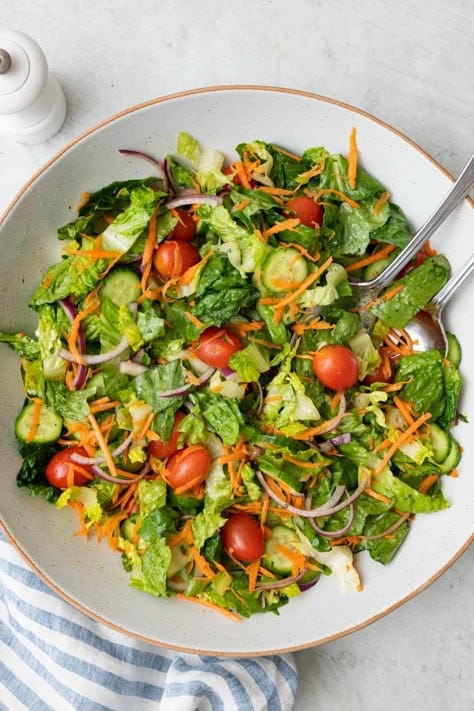


1) Roasted Beet and Arugula Salad with Fresh Basil
Start by roasting fresh beets until they’re tender and easy to slice. Wrapping them in foil and baking at 400°F for about 45–60 minutes does the trick. Once cooled, peel and cut the beets into bite-sized pieces.
Toss the roasted beets with a generous handful of fresh arugula. The peppery arugula pairs well with the earthiness of the beets and adds a nice crunch to your salad.
Thinly slice some red onion for a bit of sharpness, or skip it if you prefer a milder flavor. Crumble creamy feta or goat cheese on top for richness, then sprinkle with fresh basil leaves for a burst of garden-fresh flavor.
A simple drizzle of olive oil, a splash of balsamic vinegar, salt, and pepper brings everything together. Gently toss and serve the salad at room temperature or chilled, depending on what you like.
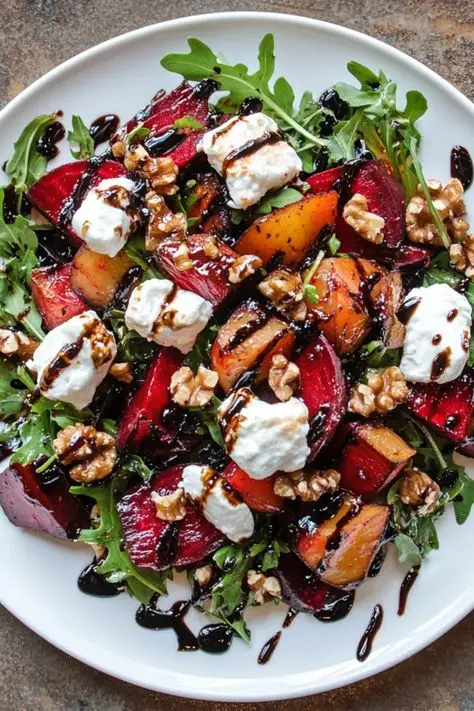
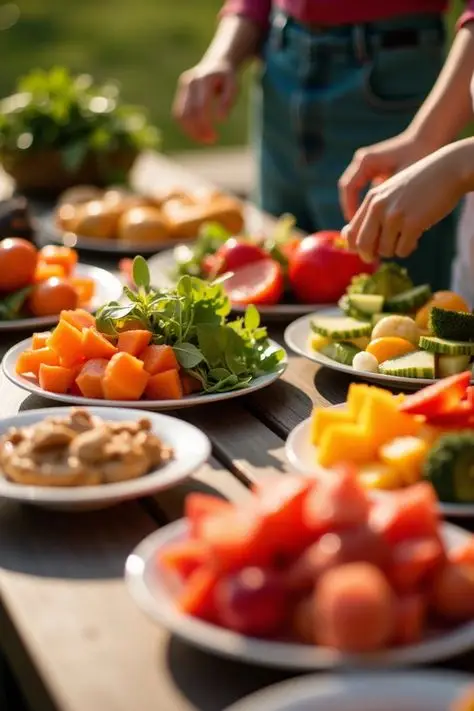
2) Fresh From the Garden Salsa with Tomatoes and Purple Onion
Brighten up your day with homemade salsa using juicy garden tomatoes and crisp purple onion. Fresh salsa is quick to make, and you can tailor it with vegetables picked straight from your garden.
Dice ripe tomatoes and purple onion into small pieces for the base. Add chopped cilantro, diced jalapeños, and a squeeze of lime juice for zesty flavor.
Mix everything together in a bowl and season with salt and pepper to taste. If you like extra heat, use more jalapeño or a pinch of crushed red pepper.
Let your salsa chill for at least 15 minutes. This gives the flavors time to blend. Serve with tortilla chips or spoon over tacos, salads, or grilled chicken. Enjoy fresh tastes from your own backyard!

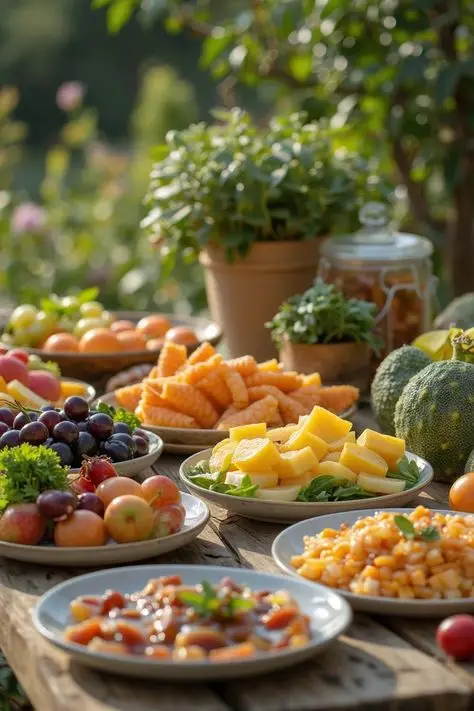
3) Zucchini Fritters Using Homegrown Zucchini
If you have zucchinis growing in your garden, zucchini fritters are a reliable way to use them up. You only need a handful of basic ingredients, and the whole process takes less than half an hour.
Start by grating your zucchini, then sprinkle it with a little salt and let it sit. After a few minutes, squeeze out as much excess liquid as you can. This step helps keep your fritters crispy.
Combine the drained zucchini with eggs, flour, a pinch of salt and pepper, and any extra herbs you like, such as parsley or green onion. Mix it all together until you have a thick batter.
Scoop spoonfuls of the mixture onto a heated skillet with some oil. Press them down gently to flatten, then cook for a few minutes on each side until they turn golden brown.
Serve your fritters warm, on their own or with a little yogurt or sour cream. This is an easy garden recipe that makes the most of your homegrown produce.
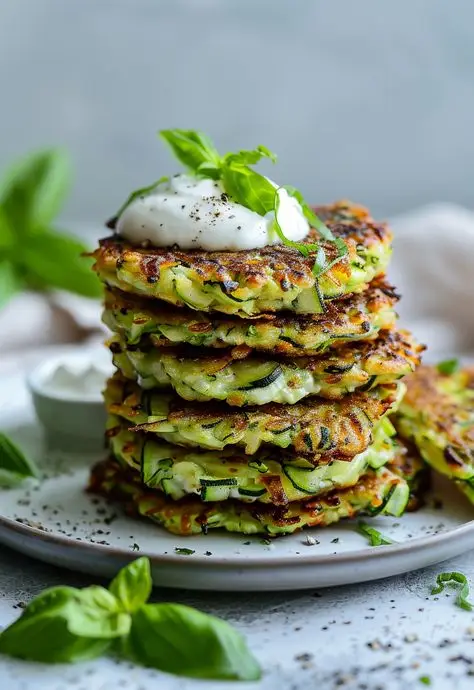

4) Quick Garden Vegetable Stir-Fry in 30 Minutes
When your garden is bursting with fresh vegetables, a quick stir-fry is one of the easiest ways to put them to good use. You only need about 30 minutes from start to finish.
Start by heating a little oil in a wok or large skillet. Chop your favorite vegetables—such as broccoli, bell peppers, carrots, mushrooms, or snap peas—into bite-sized pieces.
Add the hardest vegetables first, like broccoli and carrots, giving them a few extra minutes to soften. Then toss in softer options like mushrooms or baby corn and let them cook until just tender.
For flavor, a homemade sauce with soy sauce, fresh ginger, and garlic works well. Pour the sauce over your vegetables and stir everything together until evenly coated.
Serve your stir-fry over rice or noodles for a simple meal. If you like, add cooked chicken, tofu, or a scrambled egg for extra protein.
This dish lets you adjust the vegetables based on what’s ready in your garden. The result is a colorful, tasty meal that highlights your homegrown produce and comes together fast.
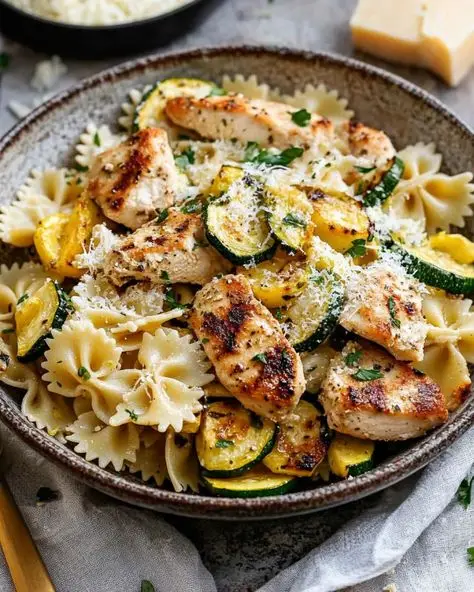

5) Refrigerator Pickles from Seasonal Produce
Making refrigerator pickles is a simple way to use up extra vegetables from your garden or the farmers market. You don’t need any special canning equipment—just jars, simple ingredients, and your favorite seasonal produce.
Start by slicing cucumbers, carrots, radishes, or other crisp vegetables into spears or rounds. Pack them tightly into clean jars with some sliced onion or garlic if you like extra flavor.
For the brine, combine vinegar, water, salt, and sugar in a saucepan. Toss in whole spices like peppercorns, mustard seeds, or bay leaves for more complexity. Bring the brine to a boil, then pour it over your veggies in the jars.
Let the jars cool to room temperature. Place them in the refrigerator and wait at least a day before tasting. Your pickles will stay crisp for a few weeks, making them a convenient and tasty snack or side.
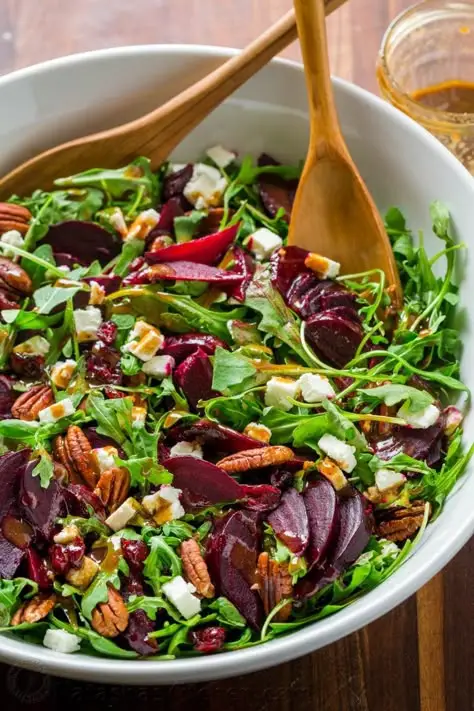
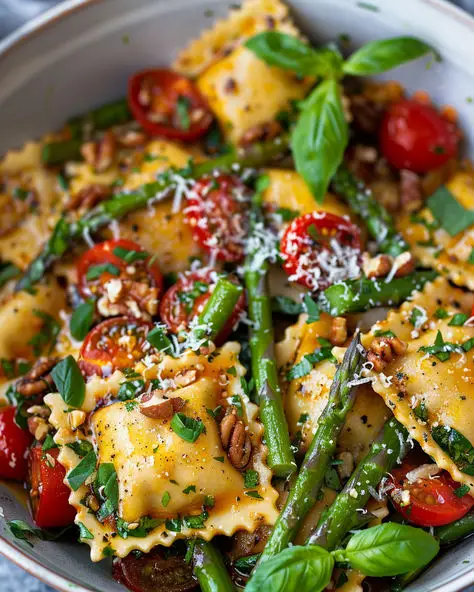
Benefits Of Garden-To-Table Cooking
Garden-to-table cooking offers you a clear path to fresher meals and a direct connection to the food you eat. By using ingredients straight from your plot or local market, you enhance both the nutritional quality and the taste of your dishes.
Nutritional Advantages Of Fresh Ingredients
When you pick vegetables and fruits at peak ripeness and use them right away, you preserve their natural vitamins and minerals. Many sensitive nutrients, such as vitamin C and certain B vitamins, decrease quickly after harvest. The faster you eat them, the more you benefit.
Homemade meals from your garden also give you control over what goes into your food. You can avoid unwanted additives, excessive salt, or artificial preservatives. Even simple salads or stir-fry dishes can offer more antioxidants and fiber compared to store-bought options.
Eating fresh produce can also support your immune system. Foods like leafy greens and berries, when freshly harvested, can be higher in plant compounds that help defend your body.
Supporting Local And Seasonal Produce
When you grow your own food or buy from nearby farms, you keep your meals in sync with what’s currently in season. This means enjoying the best flavors and highest quality ingredients at the right time.
Local produce often travels a much shorter distance than grocery store goods. This reduces spoilage and supports a smaller environmental footprint. Choosing what’s in season helps you avoid produce that has been picked early and shipped long distances.
Relying on your garden or local sellers also encourages you to try new recipes and ingredients not always found in stores. You’ll discover how rewarding it can be to eat what’s available around you, while supporting small farmers and your community.
Tips For Harvesting And Preparing Garden-Fresh Foods
Picking vegetables at the right time and preserving them properly helps you get the best flavor and nutrition from your garden. Fresh-picked produce often keeps better taste, texture, and color than grocery store options.
How To Select The Best Garden Vegetables
Focus on color, size, and texture when deciding what’s ready to harvest. For tomatoes, pick them when they are fully colored and slightly firm. Cucumbers should be bright green and feel heavy for their size.
Leafy greens like lettuce and spinach are best when leaves are young and tender—harvest early to avoid bitterness. Peppers can be picked green or left to ripen for a sweeter flavor. Snap beans should break cleanly in half and feel crisp.
Check your garden every day, especially during peak season. Morning is the best time to harvest most vegetables. Use clean shears or a sharp knife to prevent bruising or damaging the plant.
| Vegetable | When to Harvest | Best Signs |
|---|---|---|
| Tomatoes | Fully colored, firm | No green spots |
| Cucumbers | Medium size, dark green | Firm, glossy skin |
| Peppers | Size/color you prefer | Glossy, no wrinkles |
| Leafy Greens | 3-6 inches tall | Tender, not wilted |
| Beans | Snap easily, slender | Bright color, firm |
Simple Ways To Preserve Freshness
Preserving your garden harvest can be simple and quick. Refrigerate most leafy greens and herbs right away in a damp paper towel or sealed container to lock in moisture and crispness.
For other vegetables like peppers, cucumbers, and beans, store them unwashed in the crisper drawer until you’re ready to use. Blanching and freezing is a good method for long-term storage: just boil vegetables briefly, cool in ice water, then freeze in labeled bags.
Dehydrating is ideal for herbs and some fruits. Place leaves on a tray in a single layer and dry at low temperatures. For seasonal surplus, try canning, pickling, or fermenting to keep flavors fresh year-round. Always label storage containers with the date for rotation and best use.






